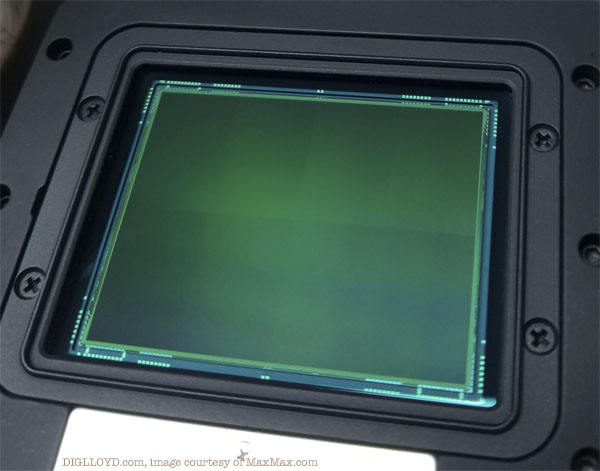Sensor Bifurcation, Stitched Sensors: Affects Leica M10 Monochrom, Leica M10-R, Leica SL2, some Medium Format
Update Jan 11: see Sensor Bifurcation, Stitched Sensors: More Insight From Readers.
See my detailed post on the Leica M10 Monochrom sensor bifurcation defect, which damaged all of my Eureka Dunes images.
Ding writes:

Though I’m no longer a paid subscriber to your website, I still check your valuable articles from time to time.
After reading your article on sensor bifurcation, I have checked a lot of images taken with my Leica M10-R. Yes, the issue does exist. In fact, if you push dehaze and clarity to maximum in Lightroom, these’s a good chance than you’ll see the vertical line, especially in a landscape shot with sky across the image horizontally.
Though in real life I will never push this far in LR, and the bifurcation won’t happen every time, it is still very disappointing to have a flawed sensor which Leica might use for at least 4-5 years to come.I have also checked some images from Leica SL2, and have noticed a similar bifurcation issue, with texture, clarity and dehaze maxed out in LR. Since I don’t have a Panasonic S1R, I am not able verify if this issue exists on S1R as well. You may download the DNG file from the dropbox link below. The image was taken with SL2 and Apo-Summicron-SL 35.
...
DIGLLOYD: I’ve examined the raw file — no need for Clarity at all, and Dehaze of around 50 makes the sensor bifurcation visible. As shown, Dehaze was set to 100 to make it obvious. The Dehaze setting is a form of sharpening, and what it does is accentuate the left/right luminance variance splitting the image into left and right halves, hence a dividing line.
A color camera masks the issue much more, due to demosaicing and a bit more noise. A monochrome sensor has lower noise and no demosaicing, so flaws stand out.
Such adjustments to the M10-R image are way beyond what I would use for a color sensor, but as a point of fact, it’s clear that the Leica SL2 sensor and Leica M10-R sensors both have the same sensor bifurcation issue as the Leica M10 Monochrom. It’s just not likely to become visible on a color sensor.
While it seems likely that it’s a non-issue for the color cameras, the fact is that the sensor bifurcation of the Leica M10 Monochrom damaged a large number of my images. Therefore, I deem it an unacceptable defect, and that’s in addition to the ugly white-dot pimple problem. That said, many Leica M10m users won’t care because it’s either not put to use as a landscape camera and/or it will be used at higher ISOs, where noise will overwhelm (dither away) the left/right brightness difference of the two halves of the sensor.
Dan Llewelyn of MaxMax.com writes:
With a color camera and the debayering used, and if there is an OLPF filter, and maybe even some firmware tricks, you can get away with it. But when you have a monochrome sensor with no OLPF, you are going to see the problem *much* easier. I think the reason some of my customers saw the problem after I modified their D700's to IR, is that the OLPF was removed and above 800nm, the sensor is basically monochrome.
One of the things I wonder is how many different cameras have stitched sensors?
I pinged a friend I have known who has been in the industry a long, long time and worked for many camera companies. At one point, we was one of the guys designing the Kodak medium format sensors.
He says, most (read that all that he knows of) consumer FF sensors are stitched because of limits of the stepper reticles FOV. He basically said that with a stitched sensor, each sensor needs to be individually calibrated to deal with stitch anomalies and part of that calibration is wavelength dependent which is why a NIR camera will show the stitch more. He went into a lot of technical details that I can't disclose but basically there is a bunch of calibrations done on each individual sensor so if you have a camera that shows the stitching line, and it is bad enough, then the only real option is to send it back to the factory to see if they can calibrate it better. But, I suspect, those calibrations are done at the actual factory and not the USA service center.
DIGLLOYD: Leica takes months to do basic service, in my personal experience and that of Roy P.
I have/had not noticed the sensor bifurcation issue with any camera/sensor but Leica.
Many sensors were (all still are?) manufactured as 'tiles', such as shown below with the circa-2010 Leaf 80MP digital back, consisting of eight (8) tiles. The same obvious tiling effect of stitched sensor can be seen in the picture at Photigy.com of the Leaf Aptus-II 54 X 40mm digital back.

image courtesy of MaxMax.com

























